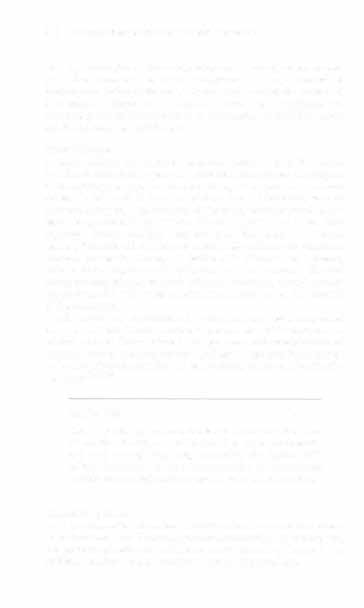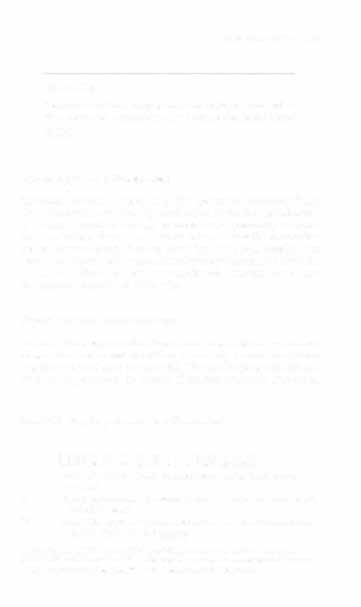i bc27f85be50b71b1 (149 page)
Read i bc27f85be50b71b1 Online
Authors: Unknown

BURNS AND WOUNDS
481
timeters, rather than inches, are morc universally used
in the literature.
•
Multiple wounds can be documented relative to each
other if the wounds are numbered-for example, "Wound
#1: left lower extremity, 3 cm proximal to the medial malleolus. Wound #2: 2 cm proximal to wound # 1."
Depth can be measured by placing a sterile cotton-tip applicator
perpendicular to the wound bed. The applicator is then grasped or
marked at the point of the wound edge and measured. If the wound
has varying depths, this measurement is repeated.
Undermining or tunneling describes a continuation of the wound
underneath intact skin and is evaluated by taking a sterile cotton-tip
applicator and placing it underneath the skin parallel to the wound
bed and grasping or marking the applicator at the point of the wound
edge. Assessment of undermining should be done all around the
wound. It can be documented using the clock orientation (e.g.,
"Undermining: 2 cm at 12 o'clock, 5 cm at 4 o'clock").
Color
The color of the wound should be documented, because it is an indicator of the general condition and vascularity of the wound. Pink indicates recently epithelized tissue. Red indicates healing, possibly
granulating tissue. Yellow indicates infection, necrotic material being
sloughed off from the wound, or both. Black indicates eschar.
It is important to doclimem the percentage of each color in the
wound bed-an increase in the amount of pink and red tissue, a
decrease in the amoum of yellow and black tissue, or both are indicative of progress. An increase in the amount of black (necrotic) ti sue is indicative of regression.
Drainage
Wound drainage is described by type, amount, and odor. Drainage
can be (I) serous (clear, thin; this drainage may be present in a
healthy, healing wound), (2) serosanguineous (containing blood; this
drainage may also be present in a healthy, healing wound), (3) purulent (thick, white, pus-like; this drainage may be indicative of infection and should be cultured), or (4) green (usually indicative of Pseudomollas infection and should also be cultured). The amount of
drainage is generally documented as absent, scant, minimal, moder-



482
AClITE CARE HANDBOOK FOR PHYSICAL TI-IERAPISTS
ate, large, or copious. (Note: there is no consistent objective measurement that correlates to these descriptions.) A large amount of drainage can indicate infection, whereas a reduction in the amount of
drainage can indicate that an infection is resolving. The presence and
degree of odor can be documented as absent, mild, or foul. Foul odors
can be indicative of an infection.
Wound Culture
A wound culture is a sampling of micro-organisms from the wound
bed that is subsequently grown in a nurrient medium for the purpose
of identifying the type and number of organisms present. A wound
culture is indicated if there are clinical signs of infection, such as
purulent drainage, large amounts of drainage, increased local or systemic temperature, inflammation, abnormal granulation tissue, local erythema, edema, cellulitis, increased pain, foul odor, and delayed
healing.o, Results of aerobic and nonaerobic cultures can determine
whether antibiotic therapy is indicatedo, Methods of culturing
include tissue biopsy, needle aspiration, and swab cultures. Physical
therapists may administer swab cultures. Otherwise, wound cultures
arc performed by the nurse or physician, depending on the protocol
of the institution.
All wounds are contaminated, which does not necessarily mean
they are infected. Contamination is the presence of bacteria on the
wound surface. Colonization is the presence and multiplication of
surface microbes without infection. Infectioll is the invasion and multiplication of micro-organisms in body tissues, resulting in local cellular injury.63.65.66
Clinical Tip
Unless specifically prescribed otherwise, cultures should be
taken after debridement of thick eschar and necrotic material and wound cleansing; otherwise, the culture will
reAect the growth of the micro-organisms of the external
wound environment rather than the internal environment.
Surrounding Areas
The area surrounding the wound should also be evaluated and compared
to noninvolved areas. Skin color, the absence of hair, shiny or Aaky skin,
the presence of reddened or darkened areas, edema, or changes in the
nailbeds should all be examined and documented accordingly.




BURNS AND WOUNDS
483
Clinical Tip
Increased localized temperature can indicate local infection; decreased temperature can indicate decreased blood supply.
WOImd Stagillg alld Classification
Superficial wOllllds involve only the epidermis. Partial-thicklless
woullds further involve the superficial layers of the dermis; full-thickness wounds continue through to muscle and potentially to bone.
This terminology should be used to describe and classify wounds that
are not pressure ulcers. Pressure ulcers have their own classification
system because of their unique characteristic of developing from the
"inside out." Pressure ulcers are traditionally described by a fourstage system, presented in Table 7-12.
Woulld Clea1lsing a1ld Debride",e1lt
It is beyond the scope of this chapter co discuss in derail the methods
of wound cleansing and debridement. Instead, general descriptions
and indications of each are provided. Wound cleansing and debridement can be performed by physical therapists, nurses, or physicians, Table 7-12. Four-Stage Pressure Ulcer Classification